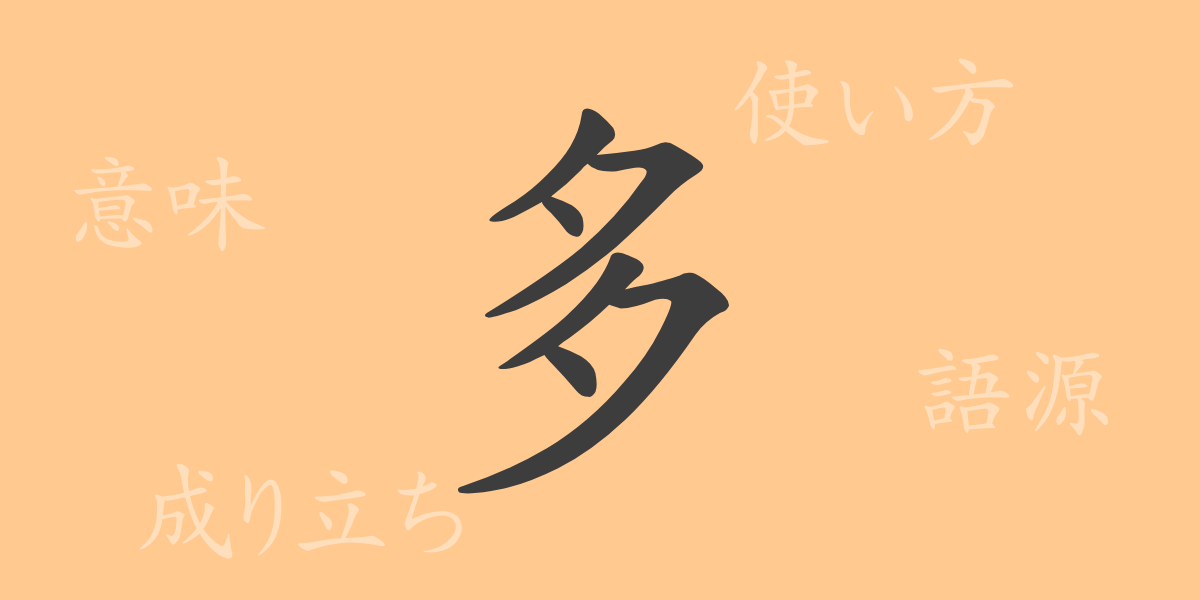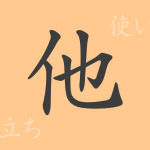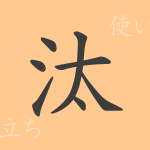Language mirrors culture, and within that mirror, Kanji characters reflect the history and spirit of East Asia. One commonly used Kanji in Japanese, “多” (おお.い)(た) (oo.i)(ta), frequents daily life. This article delves into the profound world of “多”, tracing its origins, meanings, usages, and various idiomatic expressions and phrases associated with it.
Origin of “多” (ta)
The journey to discover the origins of “多” takes us back to ancient China. Originally an ideogram depicting the stars shining in the night sky, it evolved to mean “numerous.” Over time, its form has transformed yet continues to symbolize the concept of “many” into the modern era.
Meaning and Usage of “多” (ta)
“多” means “many,” “a large amount,” and “numerous,” used to indicate when quantities are extensive. It is also employed in comparisons as “more” or “most,” signifying superiority in number or amount of the subject in question.
Readings, Stroke Count, and Radical of “多” (ta)
Despite its simple shape, the Kanji “多” holds rich expressive power.
- Readings: On’yomi “タ” (ta), Kun’yomi “おお.い” (oo.i), “まさ.に” (masa.ni), “まさ.る” (masa.ru)
- Stroke Count: 6 strokes
- Radical: 夕部 (ゆうべ) (yuu.be)
Idioms, Phrases, and Proverbs Using “多” (ta) and Their Meanings
There are many idioms and phrases in Japanese that include “多”. For example, “多岐にわたる” (たきにわたる) (taki ni wataru) means to extend over various fields or aspects, “多少なりとも” (たしょうなりとも) (tashou nari tomo) implies at least a small amount, “多事多端” (たじたたん) (taji tatann) describes a state of being very busy with many tasks and problems, and “多言多難” (たげんたなん) (tagen tanann) suggests that more words lead to more troubles.
Conclusion on “多” (ta)
Thus, the single character “多” not only denotes quantity but also carries a variety of meanings across different scenarios. This Kanji plays a crucial role in Japanese, deeply rooted through the language in our lives.

























